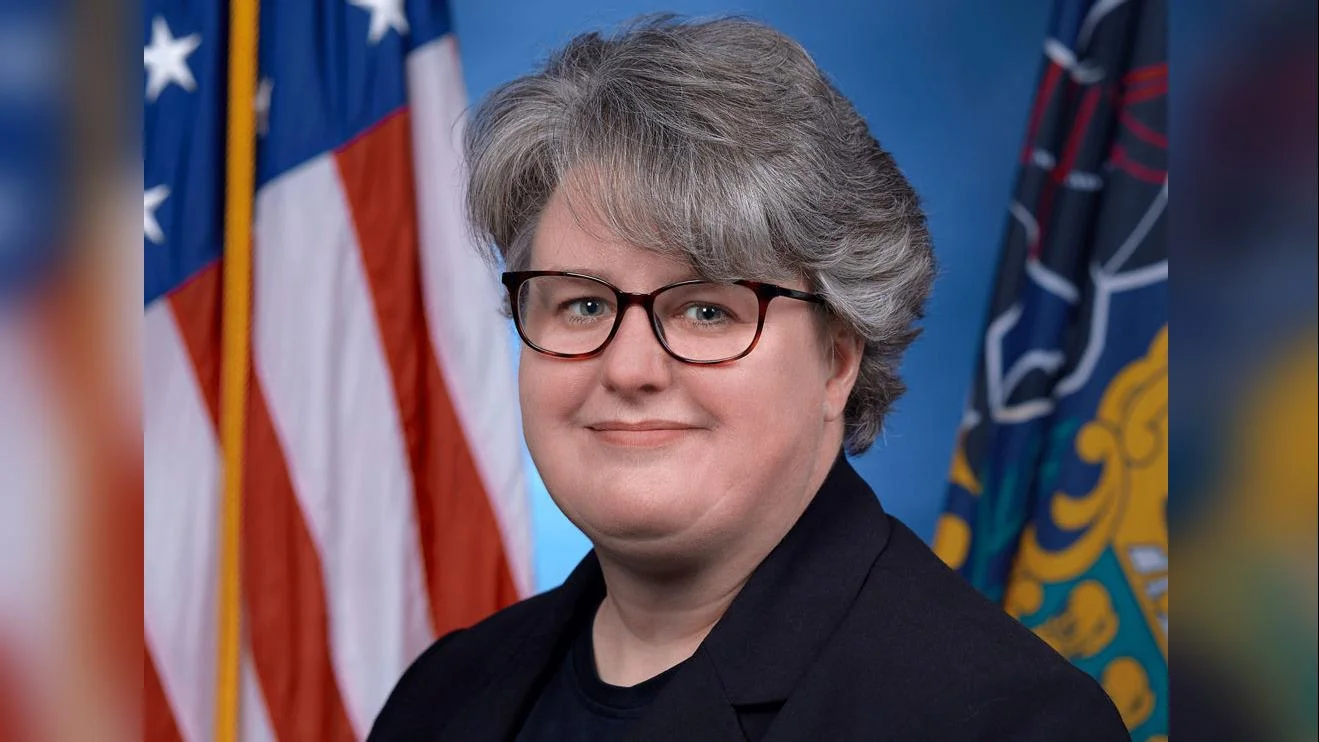
Elizabeth “Betsy” Corcoran, Co-founder and CEO | EdSurge Research
A growing number of teachers are turning to virtual schools in search of better work-life balance, a trend that has continued since the shift to remote learning during the COVID-19 pandemic. Educators like Molly Hamill, who now teaches through California Virtual Academies, have chosen to leave traditional classrooms for online instruction.
Hamill described her experience teaching virtually: “You hear people say, ‘I would never want to go back to virtual,’ and I get it, it was super stressful because we were building the plane as we were flying it, deciding if we were going to have live video or recordings, and adapt all the teaching materials to virtual,” she said. “But my school is a pretty well-oiled machine … there's a structure already in place. And kids are adaptable, they already like being on a computer.”
The move toward online education is reflected in enrollment numbers. In the 2022-2023 school year, about 2.5 percent of K-12 students in the United States participated in full-time virtual education according to data from the National Center for Education Statistics published in 2024. Of these students, 1.8 percent attended public or private online schools while 0.7 percent were homeschooled; additionally, 7 percent of home-based learners took at least one virtual course.
This increase in student participation has been matched by growth among teachers working remotely. K12—a major provider of virtual schools under Stride Inc.—has seen its teaching staff rise from 6,500 to 8,000 over several years. Niyoka McCoy, chief learning officer at Stride Inc., attributes this growth partly to teachers seeking flexibility for their own families and also sees it as an indicator of changing preferences within education.
“They think this is the future, that more online programs will open up,” McCoy said.
Connections Academy—another established provider—employs around 3,500 teachers nationwide. Nik Osborne, senior vice president of partnerships and customer success at Pearson (the parent company), noted high retention rates: “Teaching in a virtual space is very different than brick-and-mortar; even the type of role teachers play appeals to some teachers,” Osborne said. “They become more of a guide to help the kids understand content.”
Some educators appreciate how online formats allow them to tailor lessons creatively or use asynchronous methods that support diverse learners’ needs. Courtney Entsminger teaches math asynchronously at Virginia Connections Academy and records lesson plans for students who need flexible access: “I do feel like a TikTok star where I record myself teaching through different aspects of that curriculum because students work in different ways,” she said.
Karen Bacon transitioned from traditional teaching into special education at Ohio Virtual Academy because she valued adapting support strategies for individual students’ needs: “I always like a good challenge and thought this was interesting to dive into how this works and different ways to help students,” Bacon explained.
Teachers also report that working virtually can ease some common stressors associated with their profession—including burnout driven by low pay and demanding schedules—and provide greater personal flexibility.
“So many of us have said, ‘I felt so burned out, I wasn’t sure I could keep teaching,’” Hamill stated. She added that although challenges remain regarding compensation and recognition for educators generally,“doing it this way helps it feel sustainable.”
Entsminger echoed these sentiments regarding family life: while she struggled with scheduling demands as an in-person teacher—even when working within her own child’s district—she now finds more balance between her professional duties and parenting responsibilities thanks to remote instruction.“In this environment I’m able to take her [my daughter]to school,make her breakfast,” Entsminger said.“I’m able todo lifeand my job.On the daily,I’m ableto be‘Mom’and‘Ms.Ensminger’with less fightingfor my time.”
Virtual environments offer additional advantages such as reduced classroom management issues and increased safety for both teachers and students.“The trade-off for not having todo classroom managementof behavioral issuesis huge,”Hamill noted.“If the kidis meanin chat,I turn off chat.If kids aren’t listening,I can mute everyoneandsay,'I'll let you talk oneat a time.'Versus,in my last classroom,the kids threw chairsat me.”
Despite initial concerns about forming connections with students remotely,many teachers have found effective ways tomaintain engagementand community,suchas playing gamesduring office hoursor hosting monthly meetupsin person.Virtual school providerslike K12and Connections Academyalso organize field tripsandextracurricular activitiesfor theirstudents.
“Of course I wish I could see them more in person,and do artsand crafts time—that’sa big thingImiss,”Hamillsaid.“Butwehave drawing programsorways theycanposttheir artwork;wefindways tadapt toit.”
For many educators,the transitiontoonlineinstruction representsan adaptationthatis worthwhile.“Teachingisteaching;evenifI'mbehindacomputerscreen,kidsarestillgoingtobekids,”Entsmingersaid.“Thehurdlesarestillthere.We’restillworkinghard,butit’sreallynicetoworkwithmystudents,andthenwalktomykitchentogetcoffee,thencomebacktoconnecttomystudentsagain.”





 Alerts Sign-up
Alerts Sign-up